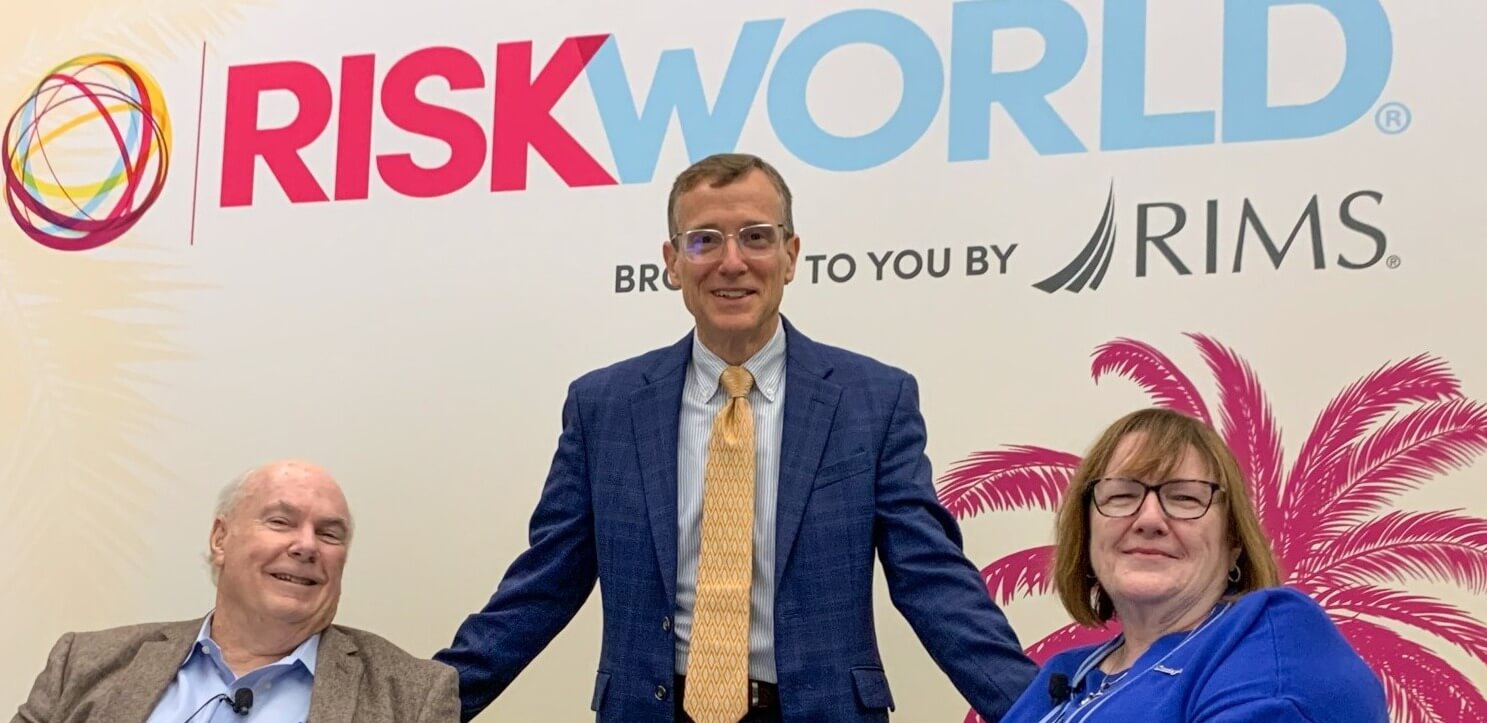Sentry Insurance

IAIABC: Please provide an organizational overview (number of employees, years in business, vision)
Jean Feldman, Sr. Director of Managed Care | Workers’ Compensation Claims, Sentry Insurance: Sentry Insurance has been helping businesses protect their people and operations since 1904. As a mutual insurance company, we serve more than 28,000 businesses nationwide, with an A+ (superior) rating from AM Best for 33 consecutive years.
Headquartered in Stevens Point, Wisconsin, Sentry employs more than 6,300 associates across 16 offices nationwide. While workers’ compensation is central to what we do, we also offer retirement plans, life insurance, and customized property and casualty coverages.
IAIABC: How does your organization serve the workers’ compensation industry?
JF: At Sentry, we see our role in workers’ compensation as two-fold: First, we help businesses lower injuries in the workplace through hands-on guidance from our dedicated safety consultants. Second, if an accident occurs in the workplace, we provide the care, attention, and support to help employees recover and return to work safely. We’re a strategic partner to all our policyholders. Whether they’re running a small business or managing a large operation, our goal is the same. We’re here to offer the resources and guidance to support their employees.
That support shows up in a few ways:
- Drawing on the expertise of claims professionals skilled in treating the injured employee holistically and multi-state regulations
- Removing barriers to care by delivering timely, tailored treatment and support for each employee
- Actively managing trusted partners—clinical teams, pharmacy benefit manager, and others—to uphold performance standards
- Using data to find trends, improve safety, and create opportunities for early intervention with injured employees
- Providing clear, repeatable, and understandable care programs customized by jurisdiction but scalable across geographies

IAIABC: What do you see as some of the major challenges the industry is facing, and how can we as a community address them?
JF: Access to care is one of the most pressing challenges in workers’ compensation today. Provider availability is shrinking—due to retirements, reimbursement limitations, and a hesitancy to treat injured employees. This makes it harder to deliver the right care at the right time.
Supply chain disruptions and tariffs can affect care and claims outcomes by driving up costs for essential care items.
As an industry, we need to think outside the box. I’ve had conversations with other leaders in our industry, and a few solutions stand out:
- Working to expand provider roles. Nurse practitioners, physician assistants, and physical therapists can help fill access gaps—especially if PTs can treat certain injuries earlier in the recovery process.
- Rethinking networks: Bigger isn’t always better. If reimbursement doesn’t align with provider expectations, scale won’t solve access issues.
- Leveraging telemedicine: Telehealth is still underused in workers’ comp. It’s especially helpful for second- and third-shift employees with limited in-person options. We’ve seen it work—it’s time to build on that momentum.
- Strengthening collaboration: Working through IAIABC, as well as with regulators, associations, and partners puts us in a better position to forecast change and ensure injured employees get the care they need when and where they need it.

Senior Director of Managed Care,
Workers' Compensation Claims
Sentry Insurance
IAIABC: Are there any projects/programs/initiatives going on at your organization that you are particularly excited or enthusiastic about?
JF: Yes—our Injured Employee Complexity Factor (IECF) Models are helping us identify workers who may benefit from early, focused support—especially when chronic pain or behavioral health factors are involved.
Roughly 10% of injured employees face delayed recovery—and they often account for a disproportionate share of claims costs. Our IECF Models help us intervene early, advocate for employees, and coordinate care plans that improve outcomes.
We use three models that can work independently or together for greater precision. Based on identified risk factors, we may introduce therapies such as virtual reality therapy, or time based counseling—alongside traditional supports like nurse case management and pharmacy benefit oversight.
Early results show promise: decreased pain, better sleep, lower anxiety, and stronger recoveries that shorten claims duration. It’s smart claims management—and the right thing to do.
IAIABC: What's an interesting fact about your organization that most people don't know?
JF: We handle all our workers’ compensation claims in-house. Our managed care team is embedded within claims—not running as a separate profit center. It’s a strategic decision that keeps the focus where it belongs: doing what’s right for employees and their employers.
This model also gives us the agility to test new ideas—programs that start with better care and better processes, not profit margins. We believe this mindset has helped us earn the trust of Fortune 1000 companies throughout the U.S.—many of which lead some of the nation’s largest workforces.

Dale Schultz, Tron Emptage, Jean Feldman
IAIABC: Why is your organization a member of the IAIABC? What would you tell others about the benefits of membership?
JF: What sets IAIABC apart is the access it provides to information, education, networking, and collaboration. That includes timely regulatory updates, panel discussions on emerging care models, conversations with decision-makers across jurisdictions, and working committee meetings.
We value our membership because it keeps us connected to a broader community—regulators, practitioners, and peers—who care deeply about improving outcomes. The IAIABC keeps us informed and engaged—helping our team at Sentry stay ready to adapt across claims, managed care, and billing.
The IAIABC keeps us up to date with change—and even allows us to help lead change—to best serve our policyholders and their employees.
